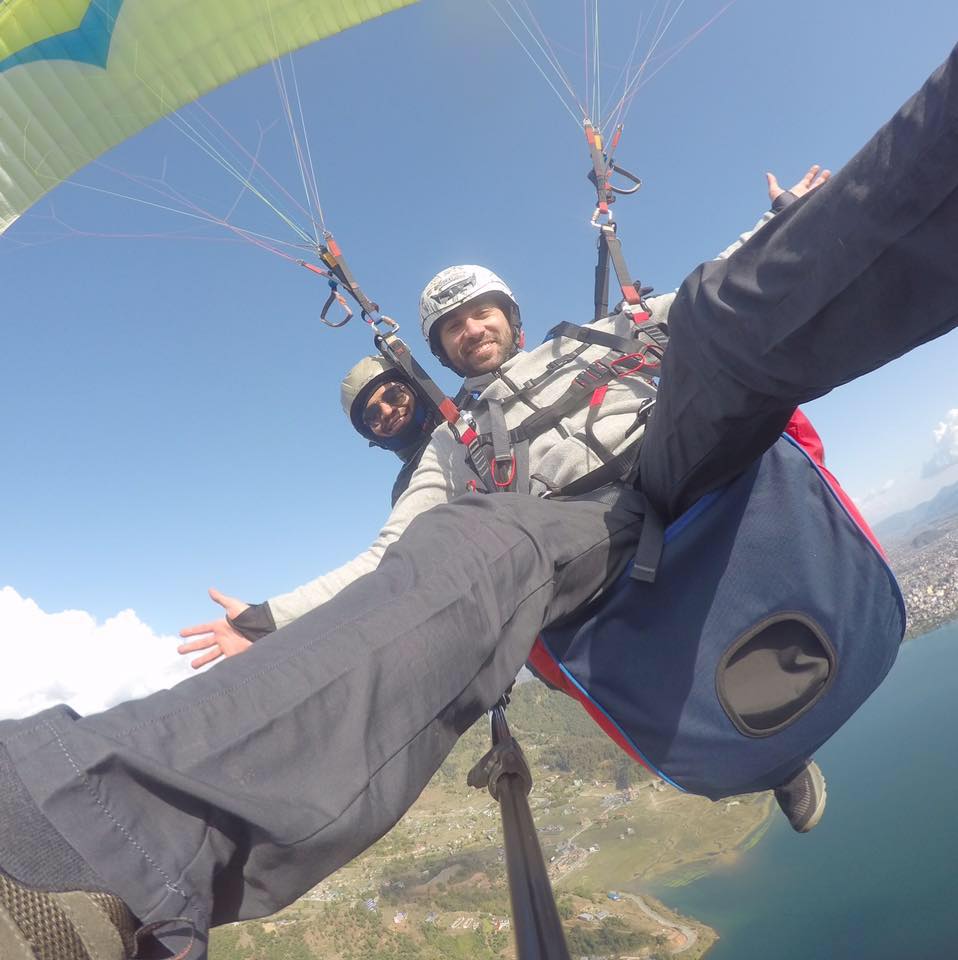The climb to Lobuche East Peak requires daily walking for 5 to 6 hours. You must walk for 8-10 hours on the summit day. Getting to the base camp is challenging due to steep stone terraces and slippery slopes. Rope skills are necessary to complete this climb.
There is a panoramic view of the Everest region from the summit of Lobuche. Located at an elevation of 6,119m/20,075 feet, Lobuche Peak is a stunning peak.
This small village is near Mount Everest in Nepal's Khumbu region called Lobuche (also Lobuje). Climbers make the trip on their way to Everest Base Camp (South) during their attempt to ascend Everest via the traditional southeast route.
The peak of Lobuche is 6,119 meters high from the sea level.
Lobuche Peak can be reached best in the spring (March-May) and fall (September-November).
For comfort and layers of clothing for changing temperatures, you will need a rucksack with 2500-3500 cubic inches, which equals 40-55 litres.
Rather than carrying hiking gear, what you have daily is what you need to be inactive. You might wear a jacket and hat before the sun rises in the morning or record your impressions with your camera and notebook during breaks.
You will often be leaving earlier in the morning than the porters and yaks who carry your large duffel bags.
Make sure you don't bring a smaller pack, which would reduce your load. It is much easier to pack larger packs (especially with cold fingers!), and they distribute the weight better on your back.
There is a moderate difficulty level to climbing Lobuche Peak. Understanding how to use crampons, take self-arrests, and walk with an ice axe is essential.
Summit day will require an early morning "alpine start", and your team will need to maneuver efficiently along fixed lines and in teamwork across narrow ridges. It is a spectacular climb!
Himalayan Hero Adventure guides will review the necessary skills, but you must be comfortable using your climbing equipment (harness, crampons, ice axe) before you travel.
The Khumbu has gravity-fed hot showers that are heated by gas stoves. Solar heated showers are available in private rooms in the lodges in lower village areas such as Namche.
Washing facilities in higher elevations have become more basic but are always available. Because the temperatures outside are colder at higher altitudes, showers are less common.
The Sherpa staff also provides each person with a small basin of heated water to wash their hands. Each meal is also preceded by warm water and soap (we require you to use it!).
Satellite phones are how we communicate with Kathmandu and the rest of the world. We will also carry radios and use our cell phones on the trek and at higher elevations on Lobuche Peak.
From Lukla, at 9,200 feet/2,804 meters, we will walk for 11 days to base camp at 17,500 feet/5,333 meters. Our bodies adapt to higher altitudes by taking rest days at Namche and Pheriche. We have repeatedly proved successful with this schedule and conscientious attitude, paying attention to our bodies, and making sure we are taking care of each other.
Besides the tip pool and visa, we recommend adding $500 to the budget, plus a credit card. It is better to have extra cash than not have it and need it! Bring some $ 10s and $20's and new-style bills.
The only money you can get in Kathmandu with your credit card is rupees, not dollars. You can change cash into rupees at the hotel, and there are numerous money changer shops nearby.

Thanks to Chintan's experience in promoting tourism in Nepal, we managed to organize an excellent visit to the main places in Nepal. After our arrival in Kathmandu, we planned together the various visits and transports for Pokhara, Lumbini, Chitwan. Thanks to their deep knowledge of the various places we have been able to understand throughout the package, the various experiences, such as paragliding and jungle safari, unique and absolutely to be done. I thank Chintan, Madan and the whole Himalayan Hero Adventures Company.